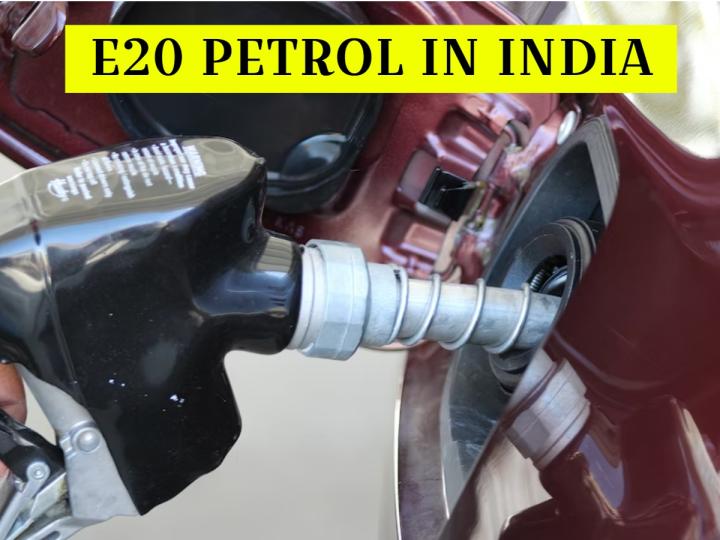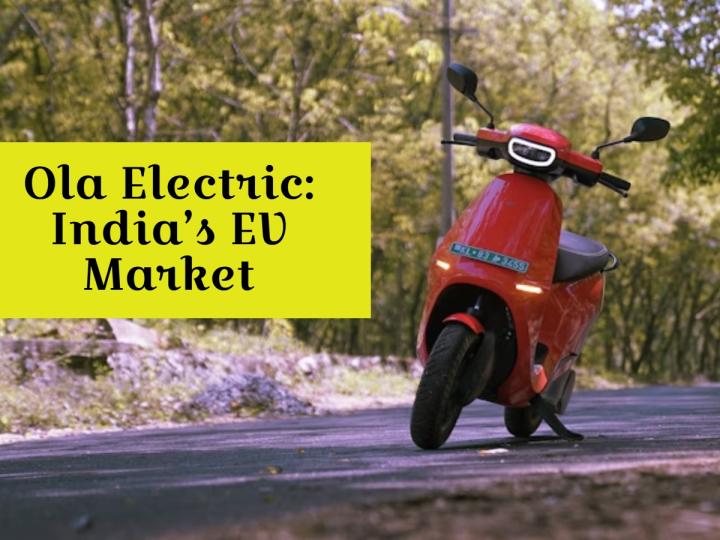
India’s journey toward a cleaner and more sustainable fuel future has taken a major step forward with the introduction of E20 Petrol—a blend of 20% ethanol and 80% petrol. This move aligns with India’s target of achieving 20% ethanol blending by 2025, a goal set under the National Biofuel Policy.
E20 fuel represents a critical milestone in India’s transition to eco-friendly transportation, reducing carbon emissions, cutting oil imports, and boosting the rural economy through ethanol production from sugarcane and grains.
E20 petrol is a biofuel blend where 20% of ethanol (a renewable fuel made from agricultural crops) is mixed with 80% petrol. Ethanol burns cleaner than fossil fuels, reducing greenhouse gases and supporting farmers.
The introduction of E20 is part of India’s broader vision of promoting green mobility alongside electric vehicles and alternative fuels.
Reduced Emissions
Ethanol combustion emits fewer carbon monoxide and hydrocarbons compared to pure petrol, contributing to cleaner air and lower pollution levels.
Lower Oil Dependence
India imports over 80% of its crude oil. E20 can significantly reduce this dependency, saving billions in foreign exchange.
Boost to Farmers
Ethanol is produced from sugarcane, maize, and rice. E20 adoption creates new revenue streams for farmers and rural industries.
Supports India’s Net Zero Goal
E20 contributes directly to India’s commitment to achieving Net Zero by 2070 under global climate goals.
Most BS6-compliant vehicles manufactured after 2023 are designed to run safely on E20 fuel. However, older models may not be fully compatible due to differences in engine materials and fuel system design.
Leading automakers like Maruti Suzuki, Hero MotoCorp, and TVS have already introduced E20-compatible models. Meanwhile, existing vehicles can continue using E10 petrol, which remains widely available.
E20 fuel is being phased in gradually, starting with major cities and highways.
By mid-2025, E20 petrol will be available at most Indian Oil, Bharat Petroleum, and Hindustan Petroleum fuel stations across urban and semi-urban regions.
Consumers can identify E20-compatible pumps through special labeling at fuel outlets.
While E20 petrol offers environmental benefits, it can slightly reduce fuel efficiency (by 3–4%) due to ethanol’s lower energy density. However, the impact is minimal and compensated by cleaner combustion, smoother engine performance, and reduced maintenance costs in modern vehicles.
E20 petrol complements India’s EV revolution by offering an immediate, scalable path toward sustainability while EV infrastructure expands.
This **dual strategy—ethanol and electric—**ensures that India’s green transition remains inclusive and accessible across all income and vehicle segments.
📌 Also Read: Satcom vs 5G: Which Will Power India’s Internet Future?
While India focuses on sustainable fuels, tech innovators like Zoho are transforming the nation’s digital economy. Together, initiatives like E20 and Zoho’s “Made in India” model reflect a unified vision of self-reliance, innovation, and sustainability.
Both are examples of how India is merging technology and environment to lead a global movement for cleaner, smarter growth.
Despite its promise, E20 adoption faces challenges such as:
Limited ethanol production capacity
Distribution logistics and blending infrastructure
Vehicle compatibility awareness among consumers
Government and industry are addressing these through policy incentives, farmer subsidies, and advanced biofuel R&D.
By 2025, India aims to replace 20% of petrol with ethanol nationwide. This move is expected to:
Save ₹30,000 crore in annual fuel imports
Reduce 10 million tonnes of carbon emissions
Create thousands of rural jobs
The E20 rollout reflects a Made-in-India energy transition, positioning India as a leader in sustainable mobility.
E20 Petrol is not just a cleaner fuel—it’s a national movement toward energy independence and green mobility. By blending renewable ethanol with traditional fuel, India is paving the way for an environmentally responsible and economically resilient future.
As more E20-compatible vehicles hit the roads and awareness spreads, India’s shift to sustainable energy will accelerate—one tank at a time.




